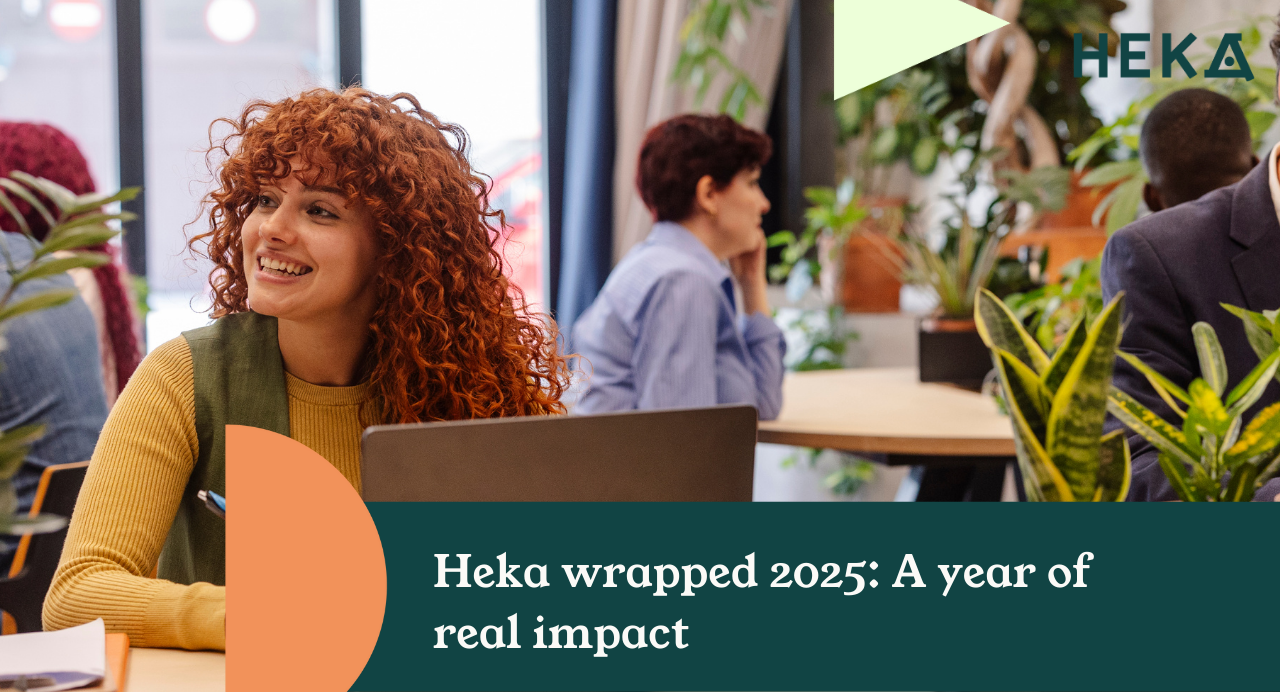A quick summary:
The following article is taken directly from our Definitive Guide to Employee Wellbeing in 2024 report. To see more trends and data across thousands of employee wellbeing interactions, download your copy here.
Did somebody say neurodiversity at work? Unlikely.
How many neurodiverse people do you work with right now?
Take a second to actually think of a number that you think sounds right. Remember it.
When we think of the word “neurodiverse” we all think of something different. Some might consider severe cases of autism, but others might think of their dyslexic friend.
But the world of neurodiversity is practically endless with various spectrums and levels of severity. So let’s look at some stats.

And those are just stats from 3 of many medically recognised neurodivergent conditions that make up an approximated 15-20% of the UK’s population.
That’s right.
15-20% of the UK’s population are neurodiverse… from what we know of. In fact, many people don’t seek official diagnoses or simply just don’t know themselves.
Now consider the number of neurodiverse people you guessed were at your business again…
Seems a little low now, doesn’t it?
That’s why you need to consider what support you can provide your neurodiverse colleagues.
The “big gesture stuff” can include flexible work arrangements, sensory-friendly workspaces, and health benefits that cater to the diverse healthcare needs of neurodiverse individuals.
But it doesn’t necessarily need to be that complex. On Heka, the most popular neurodiverse tools are apps and digital products that help employees manage tasks, plan more effectively, and digest information in ways that work better for them.
If “Wellbeing” and “Inclusivity” are on your HR bingo card for 2024, then neurodiversity is a big one to get right.
Key takeaways
- Some people don’t want to ask for support. If you want to do it right, make it accessible and easy. None of this “speak to your manager” nonsense. It doesn’t work.
- Consider having noise cancelling headphones available for people who want some sensory deprivation, or notes shared digitally following meetings.
- If you’ve got teams that work remotely or flexibly, then consider giving them access to apps, and digital services to help.
Want more?
To see more trends and data across thousands of employee wellbeing interactions, download your copy of our annual wellbeing trends report here.






